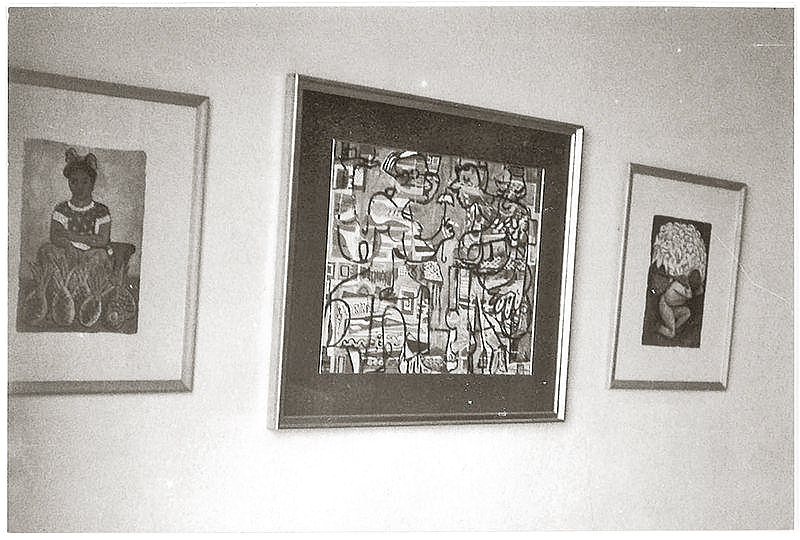
That was the only real trace of the Marmols’ collection, just some of the artwork confiscated in the early years of the revolution that will prove difficult to recover even as the island normalises relations with the United States. Cuban Americans, such as Marmol, could be fighting for decades more to win back paintings and other artwork lost in Cuba due to protracted legal struggles and because many of the items have disappeared.
In the early 1960s, specialised Cuban government teams sealed the homes of wealthy exiles and took away paintings, antiques and jewellery. Some of the goods, such as one of the world’s largest collections of Napoleonic memorabilia that was amassed by sugar baron Julio Lobo, were housed in Cuban museums where they remain.
The Cuban government says it now owns such works because they were abandoned. Other confiscated pieces were auctioned off to the public or smuggled overseas, mostly to Europe, either by corrupt Cuban officials or the government itself when it needed hard currency, art experts say.
The art seized ranges from family portraits of little financial value to Cuban and European paintings from the 19th and early 20th centuries, Mastrapa said. One wealthy family, the Fanjuls, lost an art collection valued at up to $60 million. It included more than a dozen works by Spanish impressionist Joaquin Sorolla and a Michelangelo pencil drawing.
There could be hundreds of claims for works of art as Cuba and the US restore relations, said Mari-Claudia Jimenez, a New York lawyer who specialises in trying to recover confiscated art from Cuba. But the government and courts in the US are limited in what they can do to win reimbursement for artwork, businesses and property owned by individual Cuban Americans as most of them were not US citizens when they fled Cuba.
Cuban exiles might have to wait until Cuba opens up and then go to court there to seek restitution. “We get calls once every few months from someone who is looking to recover their artwork and certainly I think there has been an increase in those calls lately,” said Jimenez of law firm Herrick, Feinstein LLP.
Before making any claims, Cuban Americans first have to find their art. Exile Marmol, 61, tried to track down his family’s paintings after his father died in 2009, but it was a frustrating search. The Dallas-based businessman located only one piece, which was the painting ‘Hombre Cargando Alcatraces’ by Rivera. Through searching the internet and speaking to a friend in the auction world, he discovered that the painting had been sold by Sotheby’s in New York for $145,500 in 1995.
He said Sotheby’s refused to tell him who bought the painting because of client confidentiality but they wrote to the buyer to point out his claim of ownership. “The purchaser responded that he did not recognise the painting, that he had no record of purchasing it and he maintained this position,” said Marmol. Sotheby’s in New York confirmed Marmol’s version of events but declined to comment further.
Published in The Express Tribune, January 9th, 2015.
Like Life & Style on Facebook, follow @ETLifeandStyle on Twitter for the latest in fashion, gossip and entertainment.

1723278472-0/BeFunky-collage-(4)1723278472-0-165x106.webp)


1719564405-0/BeFunky-collage-(19)1719564405-0-165x106.webp)
1732518687-0/Copy-of-Untitled-(78)1732518687-0-270x192.webp)











COMMENTS
Comments are moderated and generally will be posted if they are on-topic and not abusive.
For more information, please see our Comments FAQ